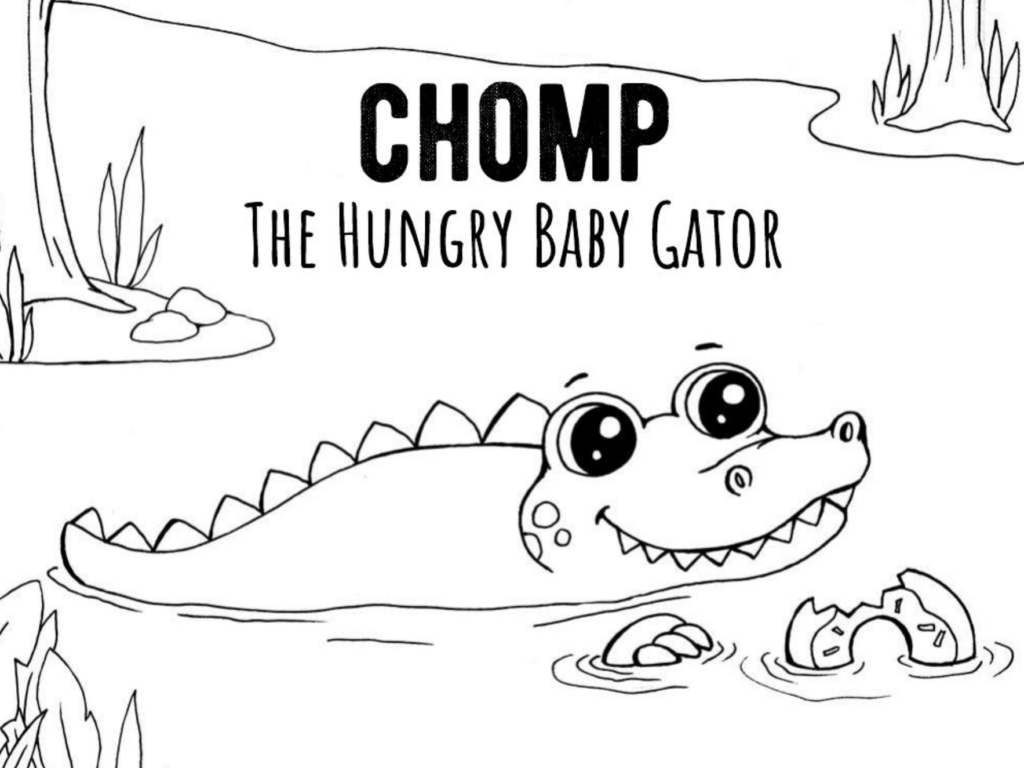Title: Crabs: The Swamp’s Mighty Scavengers
- What is it?
- Crabs are crustaceans with a hard exoskeleton, two claws, and a body adapted to life in various aquatic environments, including swamps. They play a crucial role in maintaining the health of the swamp ecosystem.
- Scientific Name
- Uca pugnax (Fiddler Crab)
- Parts of the World it Can be Found
- Crabs are found in swamps, marshes, and other coastal areas around the world. Fiddler crabs are commonly found along the eastern coast of North and South America, from the Gulf of Mexico to Argentina.
- What Colors They Are
- Crabs come in a variety of colors, including shades of blue, red, brown, and green. Fiddler crabs are known for their distinctive large claw, which is often brightly colored.
- What They Eat
- Crabs are omnivores. They feed on algae, detritus, and small organisms found in the mud and water. They play a vital role in breaking down organic matter, helping to recycle nutrients in the swamp ecosystem.
- Where They Sleep
- Crabs often burrow into the mud to create shelters where they can rest and hide from predators. These burrows also provide protection from extreme weather conditions and help maintain moisture levels.
- How Old They Typically Live Until
- The lifespan of crabs varies by species. Fiddler crabs typically live for about 2-3 years in the wild, but some species can live longer under optimal conditions.
- Their Role in the Ecosystem
- Crabs help maintain the health of the swamp by breaking down organic matter and recycling nutrients. Their burrowing activities aerate the soil, which benefits plant growth and supports the overall ecosystem.
- Other Interesting Facts About Them
- Fiddler crabs are named for their asymmetrical claws, which resemble a fiddle when held in front of their bodies.
- Male fiddler crabs use their large claw to attract females and to fight with other males for territory.

